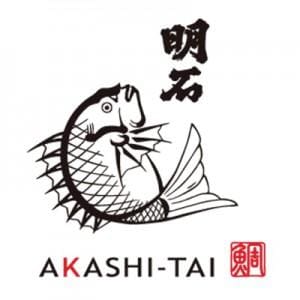Saké is probably Japan’s most famous drink. It’s become increasingly fashionable over here too. Perhaps you’ve seen fellow diners sipping steaming clear liquid from those tiny white cups? I certainly had, but until a couple of weeks ago I had never tried saké myself. Thus began my journey of discovery…

I purchased a bottle of Akashi-Tai Honjozo Saké(more on types of saké later) and decided to read up. I find that knowing a little more about what to expect from Japanese cuisine before trying it can prevent some nasty surprises. I still have slightly nausea-inducing memories of a near miss with what I thought was going to be a relaxing cuppa after a lengthy flight to Tokyo in 2004. Having brewed the ‘brown tea’ for a few minutes and putting a bit of soy milk in, the result was memorable enough that, a decade later, I still pity the hotel’s amazing space toilet I flushed it down.
The first thing that I learned is that although most of us think of saké as a rice wine it is actually a brewed beverage like beer. There are several styles of saké, marked out mainly by the type of rice used and the degree of polishing. As opposed to Basmati or Uncle Ben’s, saké rice is a large, round grain, not unlike risotto rice in appearance. It is starchier than cooking rice and there are apparently about 80 different varieties. Most sakés are made with polished rice to remove the bran on the outside; this leaves the cleaner starchy centre for a lighter, less malty saké. Amazingly up to 95% of the grain can be polished away in the most expensive examples. For the fuller sakés the rice can be completely unpolished and have an almost whisky like maltiness.
So, getting back to my saké, I decided to try it chilled first. I poured it in to a wine glass, which is a slight faux pas, as traditionally one does not pour their own saké. However, I didn’t think it necessary to wake up any of my housemates to pour a glass for me, especially given their track record of polishing things off once the cork has popped. On the nose, it initially was a little bit like a fino sherry, fresh and fruity and slightly salty with a noticeable alcoholic tang. On the palate it was rather different, although dry and fruity it had far less acidity than any wine and an earthy body that was quite unexpected. I found it very enjoyable and it was rather nice to sip on it’s own. It would certainly be a good apéritif but would do well with food such as accompanying a fish dish.
The next day I tried it hot. The traditional way is to put a flask called a tokkuri into a bowl of hot water, which gently heats the saké in the tokkuri for a few minutes. Not having such luxuries at my disposal I filled a rice bowl with hot water and lowered a tall shot glass of saké in to it so it resembled a steaming Jaegerbomb. The flavour was dramatically different; it had become a fair bit sweeter and much more earthy and malty with a hearty tang. Having tried it both ways, I think I slightly prefer the chilled style, but it would depend heavily on the situation when drinking it in the future.

Types of Saké:
Honjozo (the one I tried) is probably the most versatile and can be drunk at any temperature. It is polished so that 65% of the grain remains. It makes up most of the premium saké market.
Ginjo and Daiginjo are much lighter styles and are generally milled until 60-40% of the grain remains and they are almost always drunk chilled and can even be sparkling. The flavours tend to be fruitier and more floral than the other styles.
Genmai is a very rich saké which is polished very little or not at all; it tends to have a malty and heavy body and is never chilled and often drunk warmed.
Within these types there are all sorts of varieties, including plum infused sakés and ones with no added alcohol. I feel like my saké journey is only just beginning…
If you’d like to learn more about saké then join us from 3.30pm on Saturday 7 November when Miho from Akashi-Tai will be hosting a free tasting at the Chiswick shop and guiding us through the different types. There’ll also be some delicious Japanese snacks to try alongside the saké. I’ll see you there!



